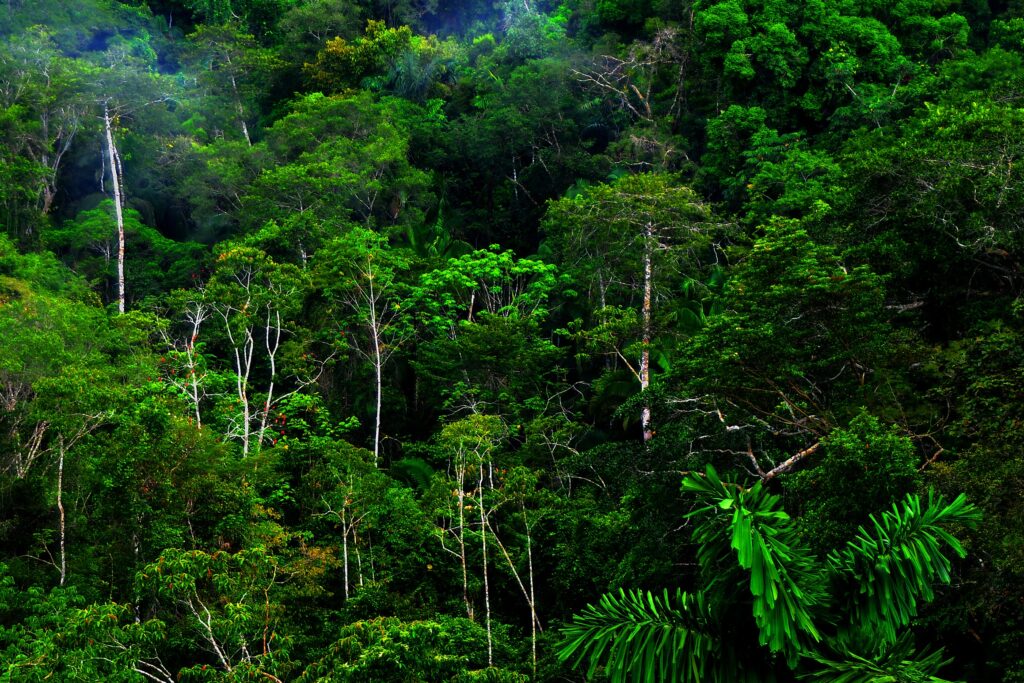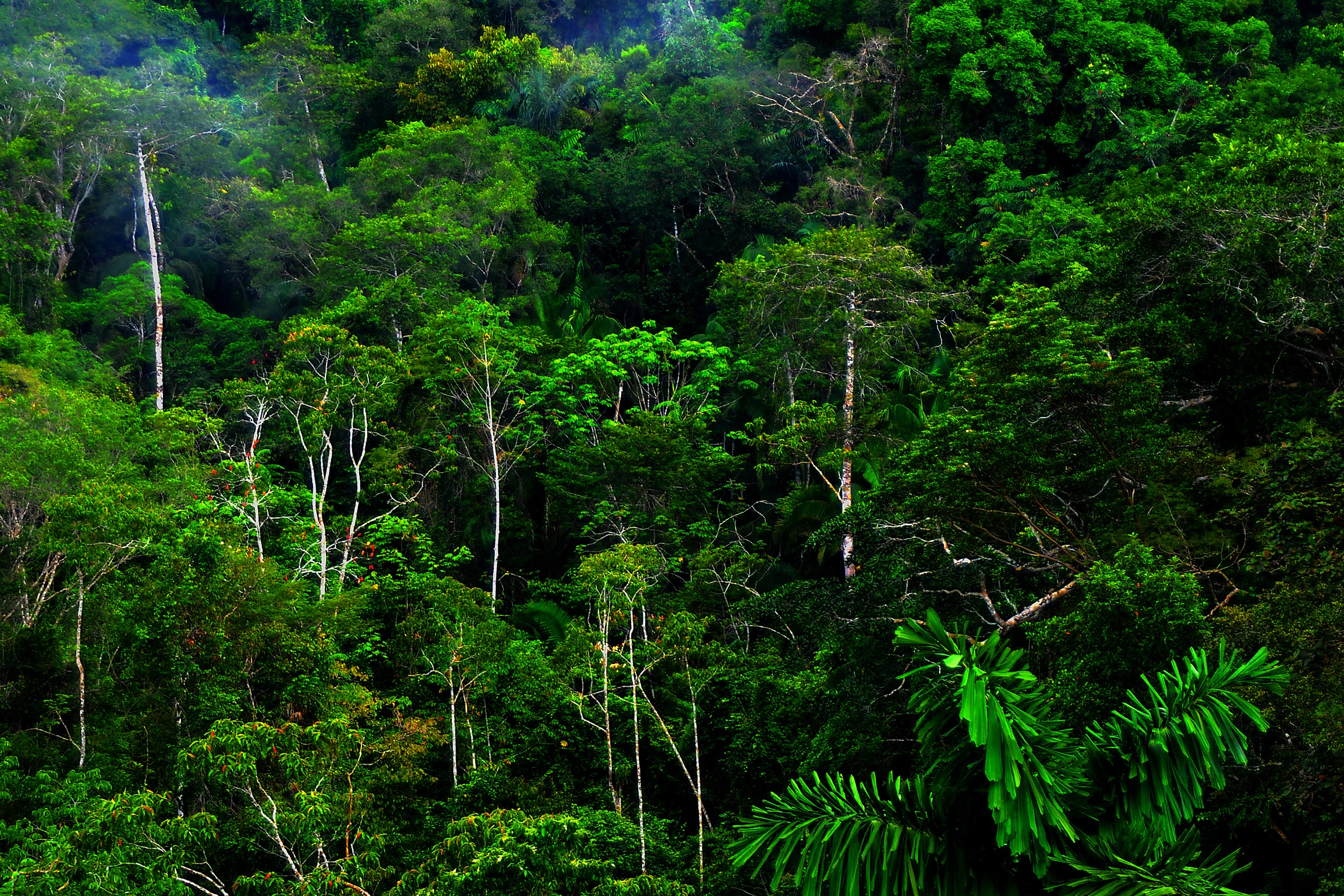An intriguing question for scientists: how large is the world’s biodiversity? As far as trees are concerned, the number of different species was 64,000 until recently—an unbelievable number, considering that most of us know only a few dozen of these varieties. But, there are many more, new calculations show.
The study is an initiative by the Global Forest Biodiversity Initiative (GFBI), of which one of the founders is WUR professor Gert-Jan Nabuurs. The GFBI collates data on forests. The database currently contains information on over 1.3 million plots of forest, according to Nabuurs. These plots are home to well over 28,000 species. However, large parts of the world are underrepresented.
Craziest numbers
A calculation of the total number of tree varieties was made using statistical methods and data from this and other databases. That total amounts to 73,300 varieties, 9,300 more than assumed to date. Nabuurs is not very surprised by the number. ‘The craziest numbers were being mentioned, ranging from 40,000 to 100,000. This puts us neatly somewhere in between.’
Areas with a high level of biodiversity are remote and difficult to reach
Gert-Jan Nabuurs, professor European Forests
But the number does indicate that there is still much biodiversity that is not known, Nabuurs says. ‘Even for organisms of this size, the numbers are high. Moreover, we only have a whole lot of knowledge about a very small number of tree varieties.’ The study shows where there are considerable gaps: in South America. Almost half of the unknown species are located there.

Not very surprising, as approximately half of the known species are also located in South America. The tropical rainforests are known biodiversity hotspots. There is a whole world of unexplored flora and fauna in the remote jungle and inaccessible mountainous areas in the world. If you look carefully, that is, as one-third of the species (both known and unknown) is rare.
Attention
There are quite some uncertainties in the calculation. The number of species could be even higher. The value of the study lies not so much in the number itself, according to Nabuurs. ‘Its value lies in the attention this generates for biodiversity and where biodiversity is greatest. We must protect what remains of the primaeval forests.’
Does the study not encourage people to go on tree-safari? ‘Yes, and no’, Nabuurs states. ‘As a scientist, you want to identify and describe the unknown species. But areas with high biodiversity are often remote and difficult to reach. Barely any people visit them, and let’s keep it that way.’






